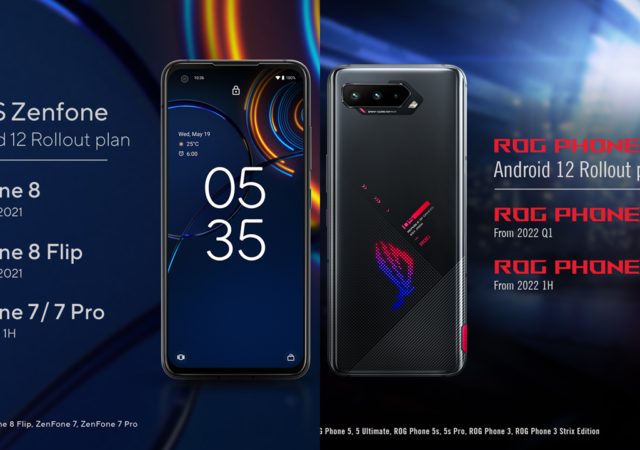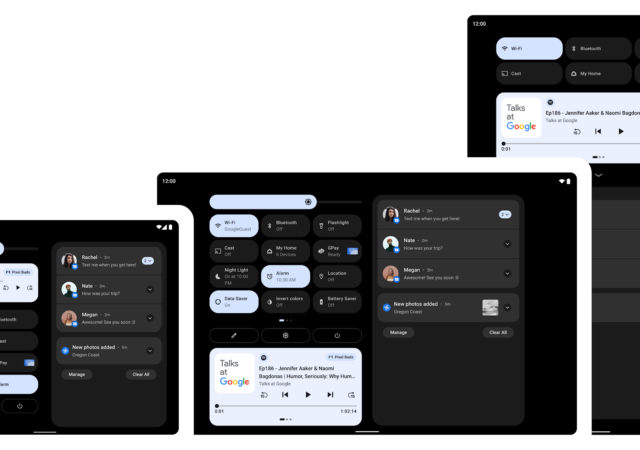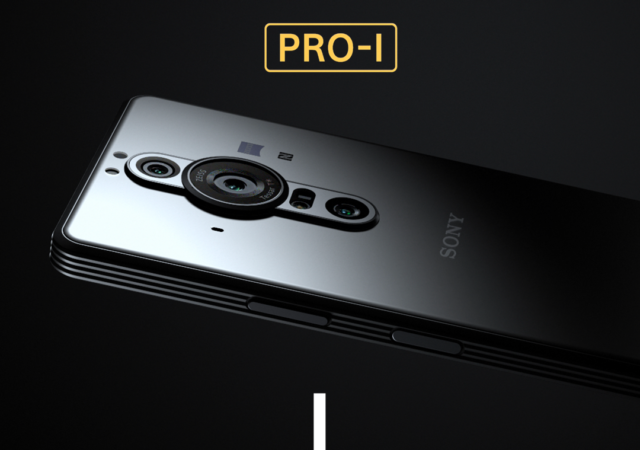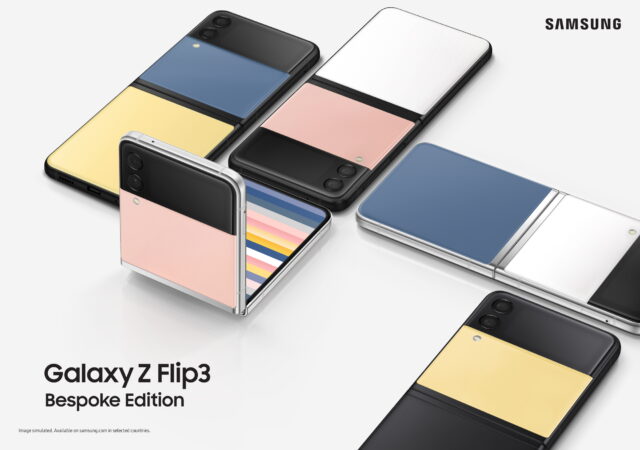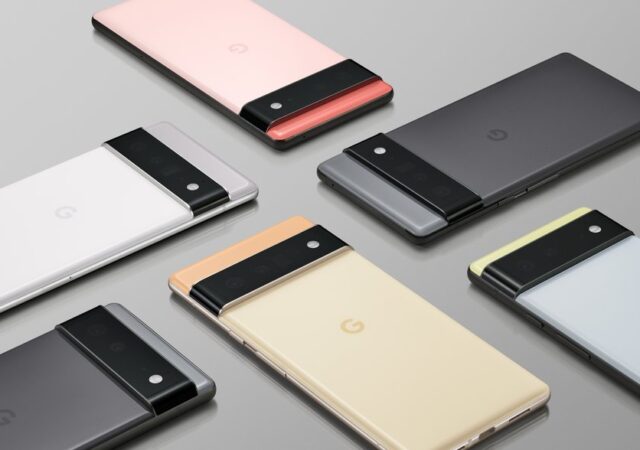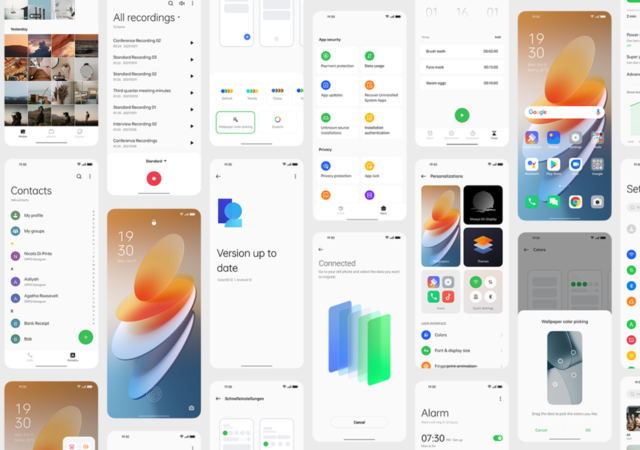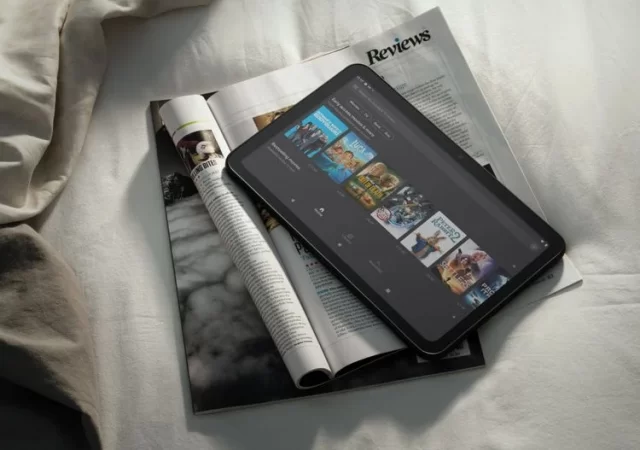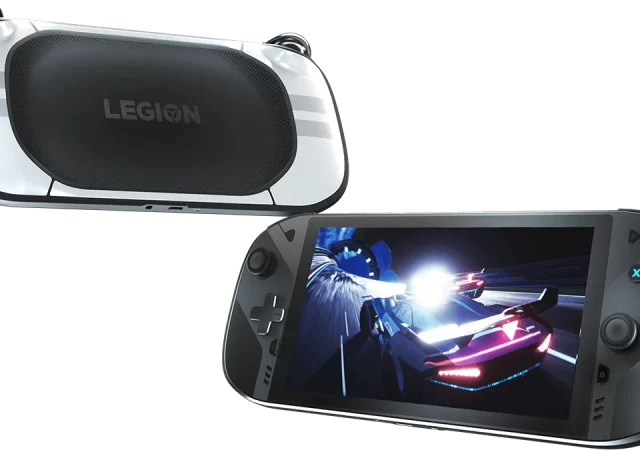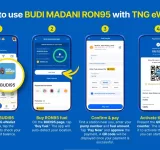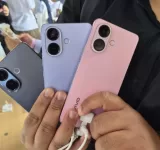Niantic has announced that Harry Potter: Wizards Unite will be shutting down come 31 January 2022.
ASUS Announces Android 12 Upgrade Plans
ASUS confirms its Android 12 upgrade roadmap for the Zenfone and ROG Phone line ups.
Android is FINALLY Optimizing for Larger Screens with Android 12L
Google finally works on improving the Android experience on tablets and foldables with the release of Android 12L.
Sony Launches the Sony Xperia PRO-I – Camera Smartphone Redefined
Sony launches their new flagship device, the Xperia PRO-I features a Type-1.0 sensor found in the RX 100 VII conquers the camera smartphone
Samsung Brings Bespoke Customisation to the Galaxy Z Flip3 & the Galaxy Watch 4
Samsung ups their personalization and self expression game with a special Bespoke Edition of the Galaxy Z Flip3 and Galaxy Watch4.
The Google Pixel 6 and Pixel 6 Pro are Here – Meet Google’s Most Powerful Smartphone ever
Google launches their most advanced Pixel ever, the Google Pixel 6 and Pixel 6 Pro with Google’s Tensor for US$ 599 onward.
OPPO Steps Closer to Stock Android With Global ColorOS 12
OPPO announces the global version of ColorOS 12 which scales back the OS with a focus on compatibility and inclusivity.
The ASUS ROG Phone 5s Series Soon to be Available in Malaysia for MYR 2,999 Onward!
ASUS launches the new ROG Phone 5s series in Malaysia! The new Qualcomm Snapdragon 888+ gaming smartphone starts at MYR 2,999.
HMD Enters Tablet Market with the Affordable Nokia T20
HMD announces their first Nokia tablet – the Nokia T20! The tablet brings a much needed infusion into the affordable tablet space for Android.
Lenovo’s Secret Switch Competitor Breaks Covers
Console gaming was given new life with the launch of the Nintendo Switch. Since then, it seems like the new normal for consoles is to walk the tightrope between being portable and being a full-fledged console. Only recently, we saw…




